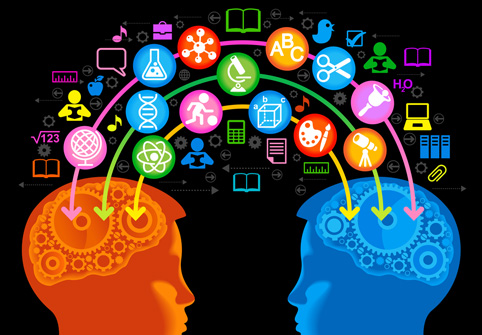
ICTpost Education Bureau
In today’s day and age, the role of Information and Communication and Technology (ICT) is seen as an integral part of education and development. Previous use of ICT in education was limited to a means of teaching computer literacy. Now, with the prominence on lower costs without compromising quality, ICT take on a broader role in the delivery of education. ICT applications broaden the horizons for many students.
Harbingers of the Future
- Balancing resources with priorities;
- Selecting right sourcing and solution strategies;
- E-learning;
- Supporting institutions mobile IT needs; and
- Workforce issues.
Here we are pointing five issues which are being reflected in ICT adoption in Indian education sector:
1. Developing a Cloud Strategy
Developing a cloud strategy will require IT leaders to understand how the cloud will add value to their schools. Among the areas that need to be addressed include understanding the implications for institutions, getting buy-in, and being ready to measure return on investment. Whatever the answers,ignoring the cloud isn’t an option.
Cloud computing starts at home. That means making sure services are sound internally before thinking about moving them out of house. She offered this advice from the IT consulting firm:
- Make sure before you move to the cloud you have good data governance;
- Don’t start with a use case that would be the most difficult; go with one that’ll offer a quick win;
- Get operations virtualized before moving to the cloud; and
- Make sure you have staff skills to manage cloud solutions, so you go in empowered and prepared.
2. Improving Operational Efficiency Through IT
Business process management made it into the issues list this year. Although most institutions have key technologies such as digital signing and electronic forms in place, it’s far less common for schools to broadly restructure their business processes to exploit electronic workflow, the report stated. Currently, it’s usually done piecemeal, within a given functional area.
3.Integrating IT into Institutional Decision-Making
To get strategic discussions going, IT leaders must make sure they possess the necessary skills to take part in the important campus discussions and that they understand the institution well enough to participate fully.
4. Developing Skills and Roles of IT Professionals
The issue of staff and skills development hasn’t appeared on the list, coinciding with the onset of the current economic downturn; before that it had only previously surfaced in 2000 and 2001, during the dot-com boom, when a number of segments struggled to find sufficient IT talent.
5. Funding Information Technology Strategically
The IT funding issue is an ongoing conversation, not a problem that can be resolved conclusively. In addition to the general financial squeeze that educational institutions currently feel, other important factors are influencing campus IT funding. As IT resources are becoming more decentralized putting resources where they are needed?the IT funding big picture becomes more difficult to see clearly. For similar reasons, it is very important that IT funding is not viewed as unrelated to other academic and operational decision-making about funding. Information technology serves the mission of the institution; strategic decisions about funding can be made only when the relationship between technology and that mission is clear.







